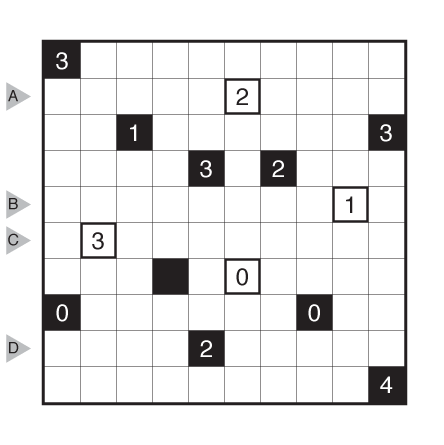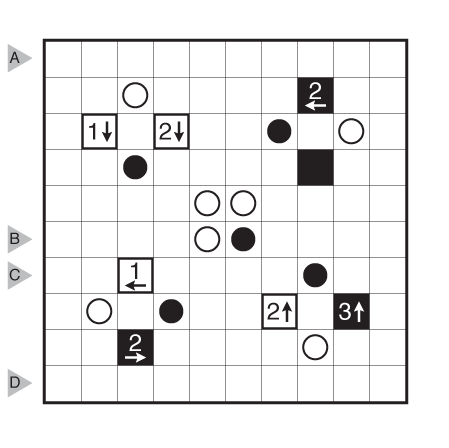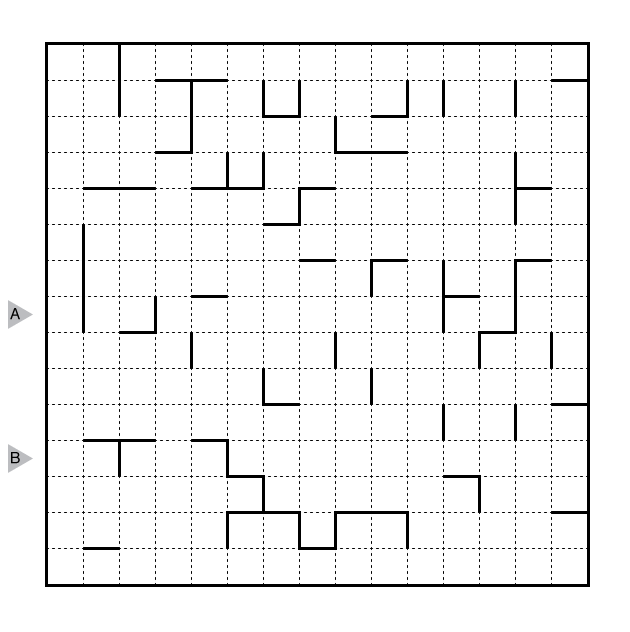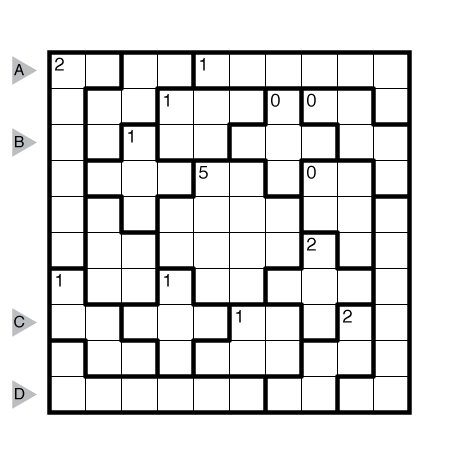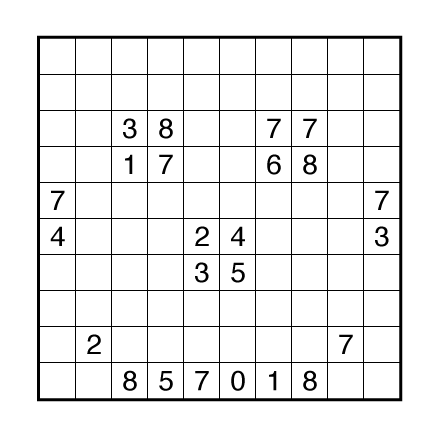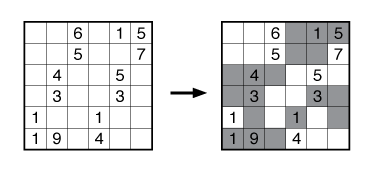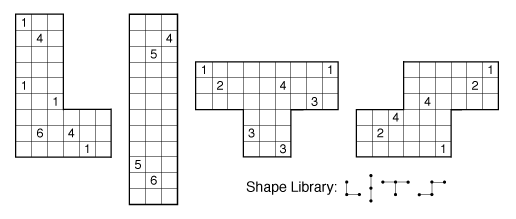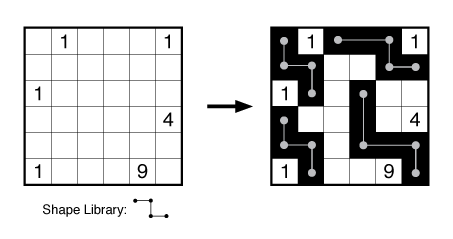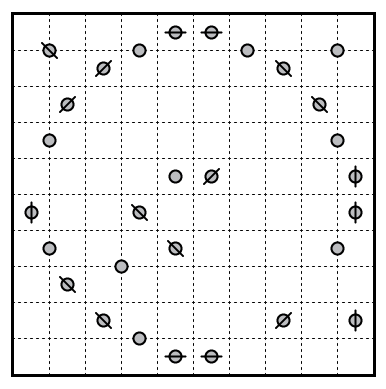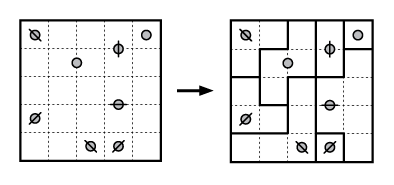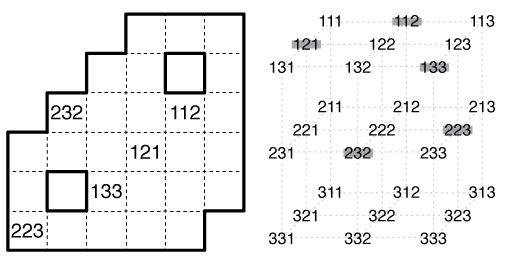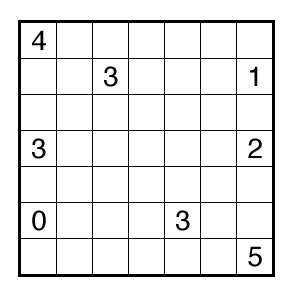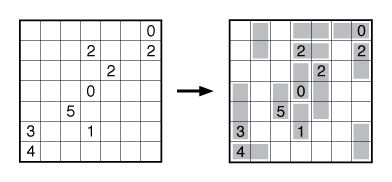Castle Wall (Antisymmetry) by Ashish Kumar
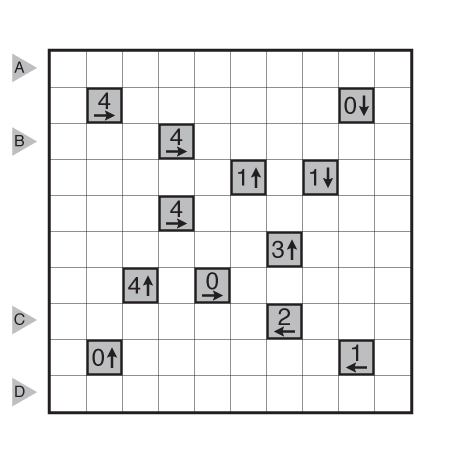
or solve online (using our beta test of Penpa-Edit tools in linex mode where left click+drag draws lines and right click marks X’s)
Theme: Windmill
Author/Opus: This is the 19th puzzle from guest contributor Ashish Kumar.
Rules: Standard Castle Wall rules, but none of the clue colors are given. For each symmetric pair of clue cells (reflecting through the center of the grid), one cell is white and the other cell is black.
Answer String: Enter the length in cells of the horizontal loop segments from left to right in the marked rows, starting at the top. If the loop only has vertical segments in the marked row, enter 0. Separate each row’s entry with a comma.
Time Standards (highlight to view): Grandmaster = 4:45, Master = 6:30, Expert = 13:00
Solution: PDF
Note: Follow this link for more Castle Wall puzzles. If you are new to this puzzle type, here are our easiest Castle Wall puzzles to get started on. More Castle Wall puzzles can be found in our beginner-friendly collection Intro to GMPuzzles as well as the larger collection Castle Wall, both by Serkan Yürekli.

